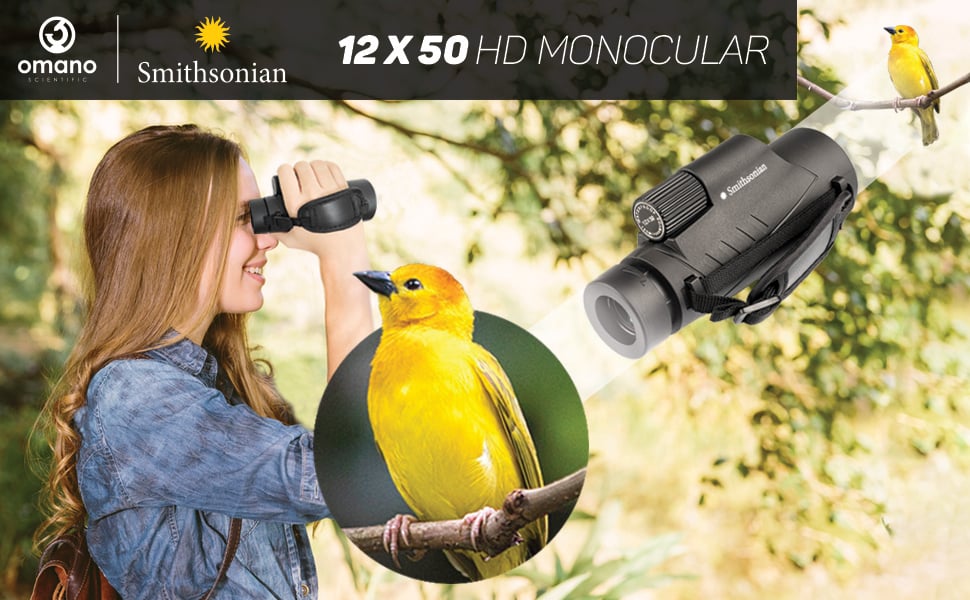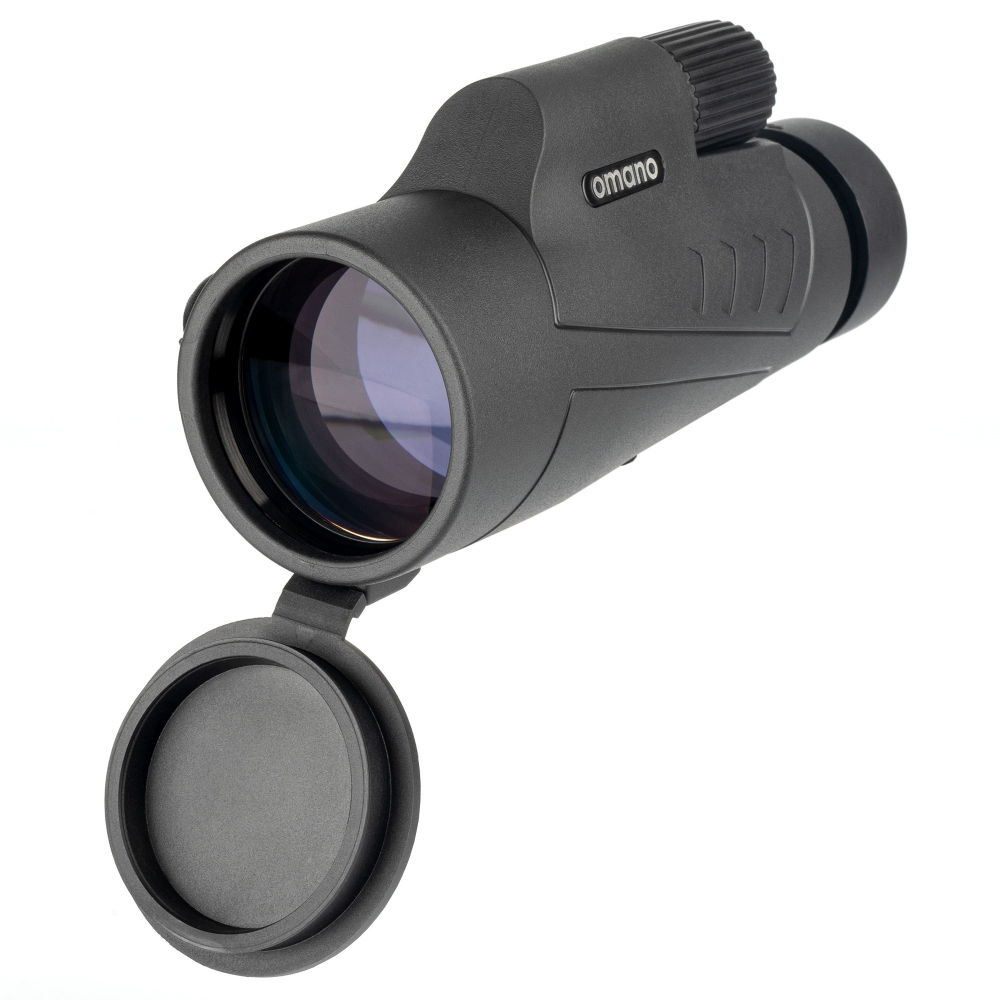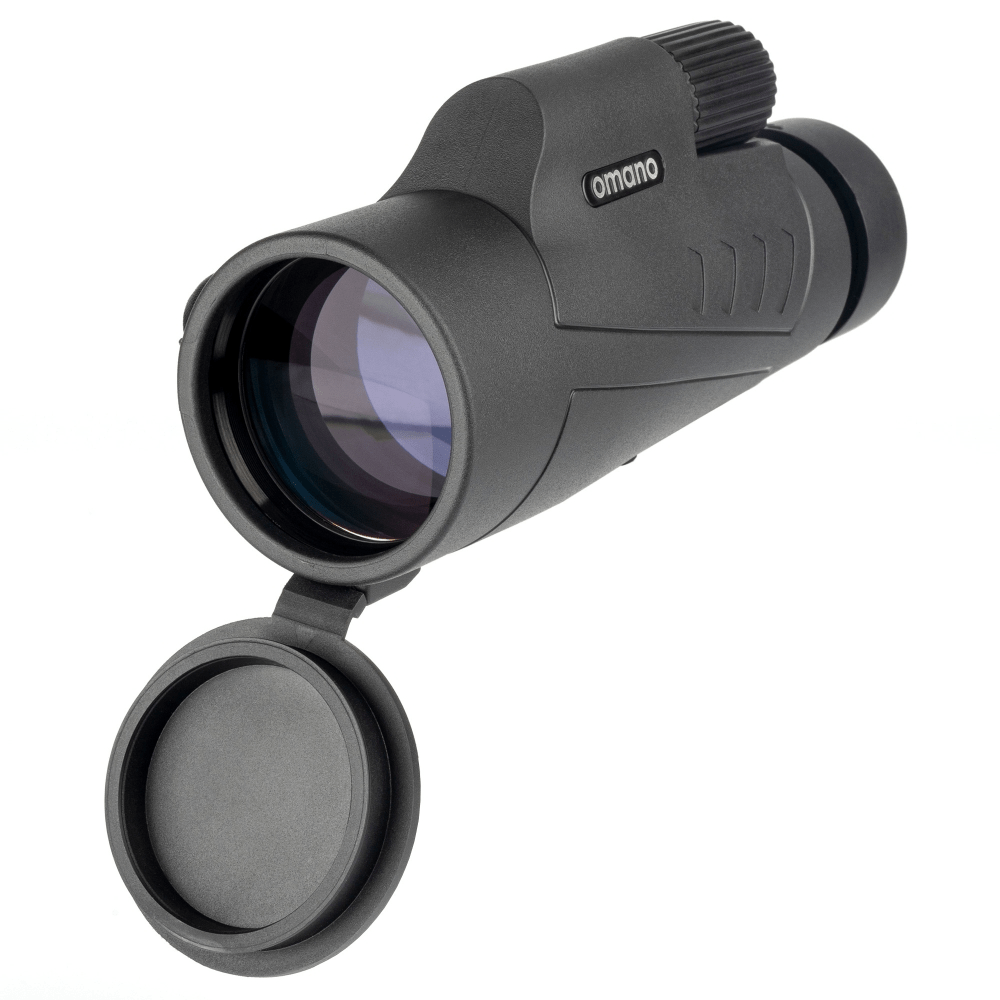Have you ever found yourself mesmerized by the colors of a bird flitting through the trees, but you couldn’t quite make out its details? If so, you’re not alone! Many enthusiasts find joy in identifying and observing the fascinating world of birds. One tool that can enhance your experience immensely is a monocular. Let’s embark on a journey to understand all things related to bird watching monoculars.

This image is property of www.microscope.com.
What is a Bird Watching Monocular?
A bird watching monocular is a compact, lightweight device that allows you to view distant objects, primarily birds, with enhanced clarity. Unlike binoculars, monoculars use a single lens to magnify images, making them easier to carry and less cumbersome. They’re perfect for those spontaneous moments when you spot a rare bird and want to get a closer look without the bulk of traditional optics.
Why Choose a Monocular for Bird Watching?
You might wonder what sets monoculars apart in the realm of bird watching tools. Here are a few key reasons:
-
Portability: Monoculars are generally lighter and smaller than binoculars, making them convenient to carry on long hikes or birding outings.
-
Ease of Use: Using a monocular can be more straightforward, especially for beginners. You just need to focus with one eye, allowing for quicker spotting and adjustments.
-
Affordable Option: Many monoculars are priced lower than high-quality binoculars, making them accessible for most budgets while still providing good optical performance.
Key Features to Consider in a Monocular
When searching for the perfect monocular, several essential features will influence your decision. Understanding these will help you make an informed choice based on your specific needs.
Magnification Power
Magnification is how much larger the image appears when viewed through the monocular. It’s typically indicated by a number followed by an “x” (e.g., 8x). Higher magnification allows for close-ups of distant subjects, but it can also lead to a narrower field of view and may be more sensitive to hand movements.
Objective Lens Diameter
This measurement, usually expressed in millimeters (mm), refers to the width of the lens at the front of the monocular. A larger lens allows more light to enter, which means you’ll get brighter images, especially in low-light conditions, like early morning or late afternoon.
Field of View (FOV)
Field of view is an essential aspect if you want to locate fast-moving birds. A wider field of view helps you spot birds quickly and track them as they move. This measurement is often given in feet at 1,000 yards or in degrees.
Optical Quality
The quality of the glass and coatings used in the lenses can significantly affect your viewing experience. Multi-coated optics can enhance light transmission and reduce glare, providing sharper, clearer images. Look for models with high-quality glass, such as ED (extra-low dispersion) glass, for better color fidelity and clarity.
Waterproof and Fog Proof
Bird watching can sometimes expose you to challenging weather conditions. A monocular that is both waterproof and fog proof will stand up to rain and humidity, ensuring you can continue your bird watching without interruptions.
Types of Monoculars for Bird Watching
Not all monoculars are created equal. Depending on your needs and preferences, different types might suit you better.
Standard Monoculars
These are the most common type of monocular, featuring a straightforward design without special features. They focus on delivering quality optics at an affordable price, making them great for casual bird watchers.
Compact Monoculars
If portability is your priority, compact monoculars are designed to be incredibly lightweight and easy to carry. They may sacrifice some optical performance for size and convenience, but they’re perfect for hiking and spontaneous trips without compromising on quality too much.
High-Powered Monoculars
For those who seek enhanced magnification, high-powered monoculars enable you to see finer details from great distances. However, keep in mind that they may be more challenging to steady and require more practice to use effectively.
Specialized Bird Watching Monoculars
Some brands offer monoculars designed specifically for bird watching, incorporating features like image stabilization, built-in rangefinders, or smartphone adaptability. These options cater to serious bird watchers who want to take their observations to the next level.
Monocular Brands to Consider
When shopping for a monocular, it’s essential to consider reputable brands to ensure you get quality products. Here are some brands well-regarded in the bird watching community:
| Brand | Known For |
|---|---|
| Vortex Optics | Solid warranty and quality |
| Nikon | High-performance optics |
| Zeiss | Premium quality and reliability |
| Leupold | Durable, built for outdoor use |
| Celestron | Variety of options and prices |
These brands offer models that range in price, magnification, and features, catering to different levels of bird watching enthusiasts.

This image is property of www.microscope.com.
How to Use a Monocular for Bird Watching
Using a monocular effectively requires a little practice, but with the right technique, you’ll be spotting birds in no time.
Finding Your Target
Start by scanning the area with your naked eye for movement or distinctive colors. It’s often easier to locate birds this way before bringing your monocular up to your eye.
Steadying Your View
To get the clearest image, find a stable position. You might want to brace your monocular against a tree branch, your knee, or even your body to minimize shake. If you’re using a high-powered monocular, you really want to avoid any unnecessary movements.
Focusing Your View
Once you have located a bird, bring the monocular up to your eye. Some monoculars feature a focus wheel or knob—start adjusting until you achieve a clear view. If you have a model with adjustable eyecups, make sure they are set appropriately for your eyes.
Practice Patience
Bird watching requires patience. Birds can be unpredictable, so take your time and embrace the stillness of nature while waiting for a glimpse of your feathered friends.
Maintenance Tips for Your Monocular
To ensure your monocular lasts for years and continues to perform well, consider a few simple maintenance practices.
Regular Cleaning
Dust and smudges on the lenses can affect image quality. Use a soft, lint-free cloth to clean the lenses, and consider investing in a lens brush or blower for stubborn debris. Avoid using harsh chemicals, as they could damage the coatings.
Store Properly
When you’re not using your monocular, store it in a padded case to protect it from scratches, dust, and moisture. Avoid exposing it to extreme temperatures, which can affect its seals and overall integrity.
Perform Routine Checks
Regularly check your monocular for any damage or wear. If you notice any issues, such as cracks, service it promptly to maintain optimal performance.

This image is property of www.microscope.com.
Additional Accessories for Bird Watching
Enhancing your bird watching experience can sometimes come down to the right accessories. Here are a few items worth considering:
Tripods
For longer observation sessions or high-powered monoculars, a tripod can greatly improve your stability and comfort while viewing. Consider a lightweight, portable tripod that you can easily carry along with your monocular.
Smartphone Adaptors
If you’d like to capture images of the birds you’re observing, smartphone adaptors allow you to attach your phone to your monocular, making it easy to take snapshots of your finds.
Carrying Straps
A comfortable carrying strap can make transporting your monocular easier. Look for adjustable, padded options for extra support during long periods of use.
Lens Covers
To protect the lenses from scratches and dust when not in use, lens covers are indispensable. Many monoculars come with them, but it’s always a good idea to check and invest in high-quality covers if necessary.
Bird Watching Tips for Beginners
If you’re new to bird watching, a few techniques and strategies can enhance your experience:
-
Learn Bird Calls: Familiarizing yourself with bird calls can help you locate new species. Several apps and online resources are available to help you recognize common calls.
-
Practice Patience: Birds may not always come out when you want them to. Sit quietly and remain still to increase your chances of observing them.
-
Join a Local Birding Group: Connecting with other bird watchers can be a great way to learn and share experiences. Plus, it’s fun to see new environments together!
-
Keep a Journal: Documenting your sightings, including species, locations, and experiences, can enrich your bird watching journey and help you track your progress over time.

This image is property of i5.walmartimages.com.
Conclusion
Embracing the art of bird watching can bring a sense of peace and connection to nature. With a reliable monocular by your side, you’ll be well-equipped to make the most of every outing. Remember to consider important features, choose a model suited to your needs, and practice good maintenance habits. Most importantly, have fun and enjoy every moment spent observing the incredible aviators of our world! Whether you’re just starting or looking to upgrade your gear, the right monocular can enhance your bird-watching adventures significantly. Happy birding!

